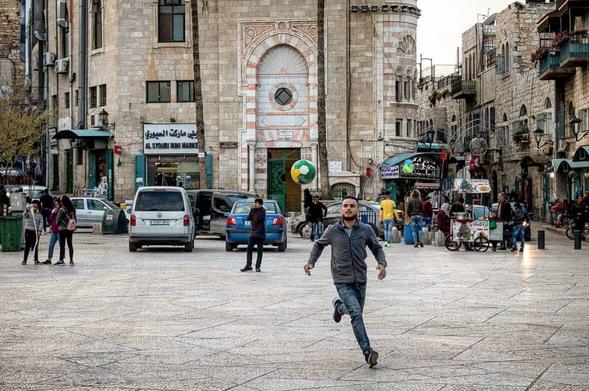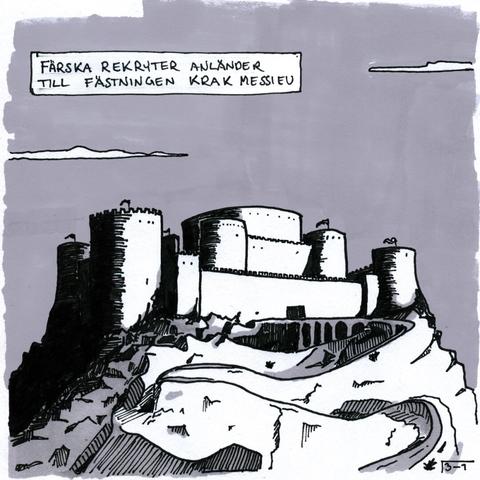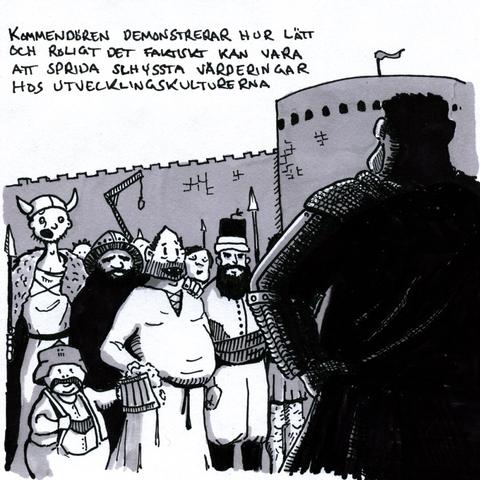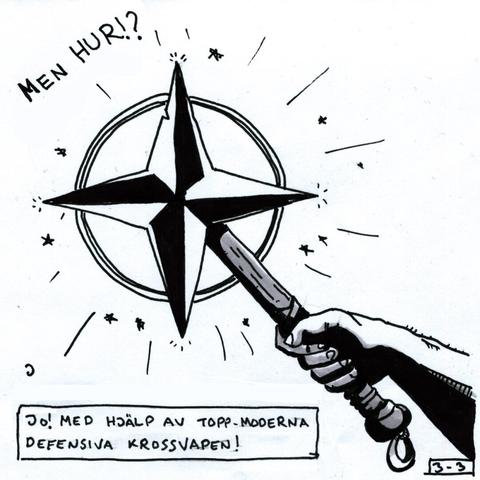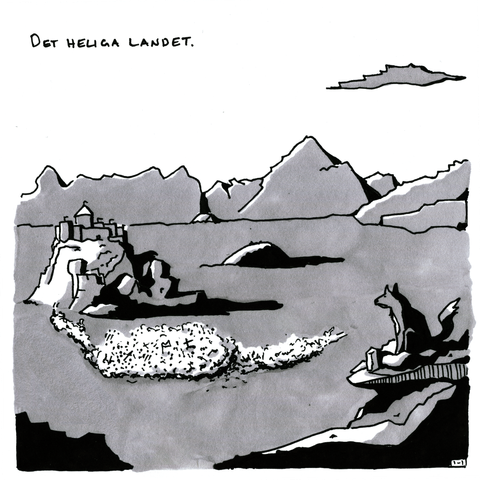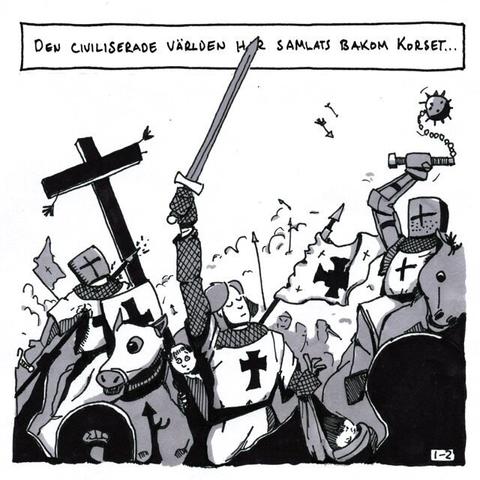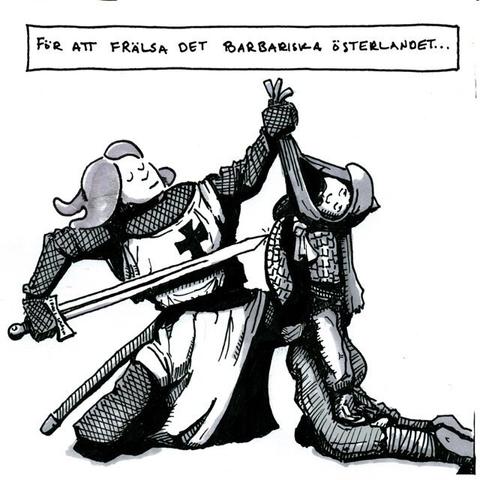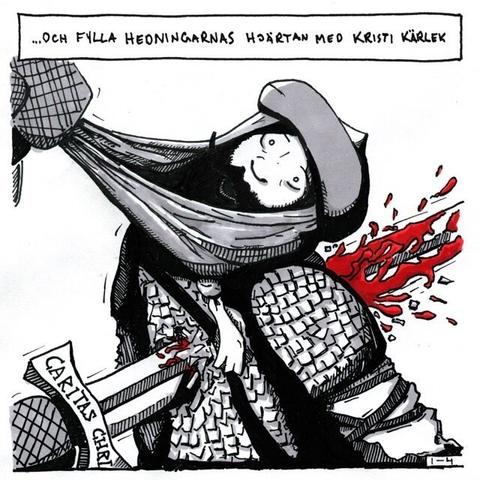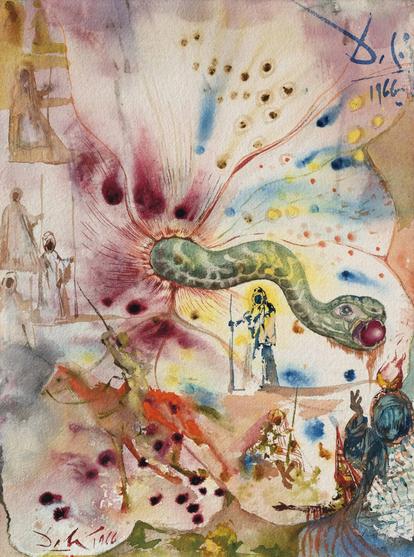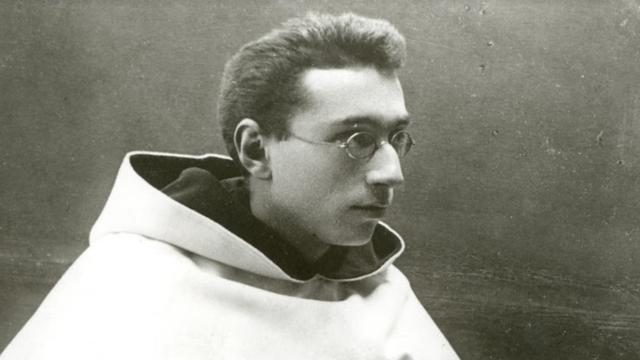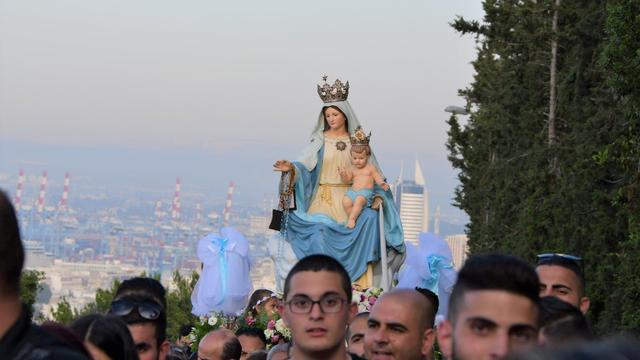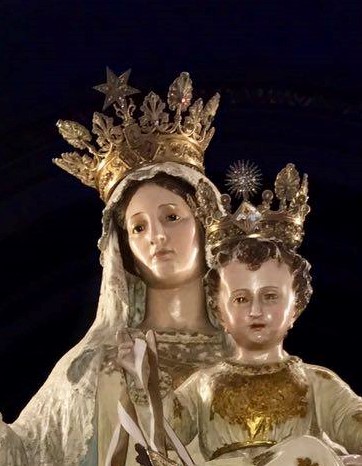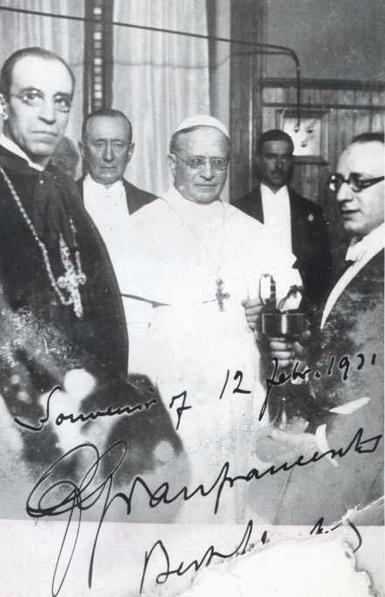The spirituality of Carmel, which is a life of prayer and of tender devotion to Mary, brought me to the happy decision to embrace this life.
Saint Titus Brandsma
During his novitiate, Frater Titus devoted himself to learning everything he could about his new life as a religious as well as the history and spirituality of Carmel. With the idealism of his eighteen years, he gave himself over not only to studying the foundations of the Order but especially to integrating them into his personal life.
Under the guidance of the Master of Novices, Fr. Pius Cox, and of the scholarly prior of Boxmeer, Fr. Gabriel Wessels, the young novice was preparing himself in a practical, down-to-earth way for his final step, religious profession.
The Master of Novices provided lessons on religious life, the meaning of the vows, the history and spirituality of the Order, and the life stories of the men and women who had been its bright lights: its saints, literary figures, mystics, theologians, missionaries, martyrs.
The novices were required to learn the Rule of St. Albert by heart and to understand thoroughly each article of the Constitutions, as well as to grasp the significance of the Divine Office, how to pray it correctly and sing it in choir, and how to participate as a community in the celebration of Holy Mass.
In one of the earliest lessons on the history of Carmel, Frater Titus learned that during the religious revival that followed the third crusade (1192), a few pilgrims and crusaders, mostly Franks, withdrew to the biblical Mount Carmel near the place named “The Well of Elijah.” There they sought to follow the example of the holy Prophet by a life of prayer, silence, and labor.
Around 1209, at the request of the hermits living on the mountain, Saint Albert, Patriarch of Jerusalem, wrote them a Rule integrating the ideals of their own way of life. In 1226, this Rule was approved by Pope Honorius III.
These early hermits had located their cells or hermitages around a church honoring the Virgin Mary, Mother of God. They had a sense of being totally dedicated to her, and it was not long before the people were calling them “Brothers of the Blessed Virgin Mary of Mount Carmel.”
It was through contemplation of the figures of Mary and Elijah the Prophet that Carmel developed its way of life and described it in the Constitutions of the Order. In Mary, Carmelites saw the ideal of what they felt called to become: people available to God. From Elijah, they inherited a courageous zeal to bear heroic witness to the Presence of the Living God in their world.
Titus Brandsma learned his lesson well. What most drew his youthful attention was the mysterious anonymity with which the Order presented itself to the Church.
It was the group as a whole [that] had experienced the call and took Elijah as their “spiritual Father” and model. No individual hermit took upon himself the title of founder, nor has that title ever been given to anyone.
Miguel Maria Arribas, O.Carm.
Chapter II, Formation
Pope Innocent III, on the 17th of February 1205, gave St. Albert a pressing invitation to accept his postulation as Patriarch of Jerusalem, made by the canons of the Holy Sepulchre, by the suffragan bishops, and by the King of Jerusalem, Aimaricus II of Lusignan. Image credit: Discalced Carmelites Note: Can you spot the anachronisms? Click here for the answers. Do you have more to add? Mention them in the comments below!
Arribas O.Carm., M 2021, The Price of Truth: Titus Brandsma, Carmelite, Carmelite Media, Darien, Illinois.
Featured image: St. Titus Brandsma appears in this photo wearing the full habit of the Carmelite Order, including the white mantle. At this moment, he was a seminarian studying theology, aged 22. Image credit: Carmelites (used with permission of the Nederlands Carmelitaans Instituut)
https://carmelitequotes.blog/2024/09/16/titus-memrzrule/
#CarmeliteRule #Carmelites #Elijah #history #HolyLand #MountCarmel #novitiate #StAlbertOfJerusalem #StTitusBrandsma #VirginMary
